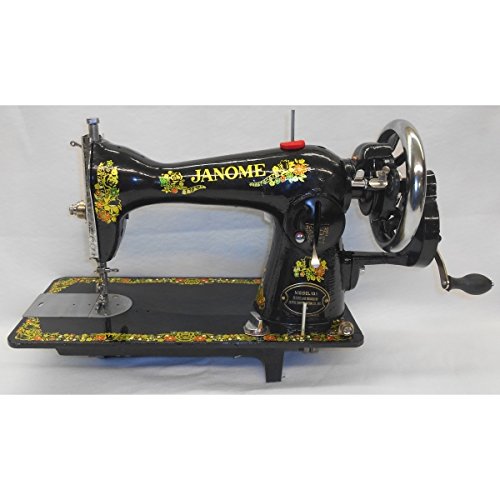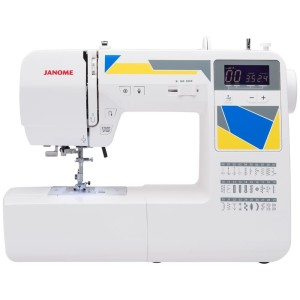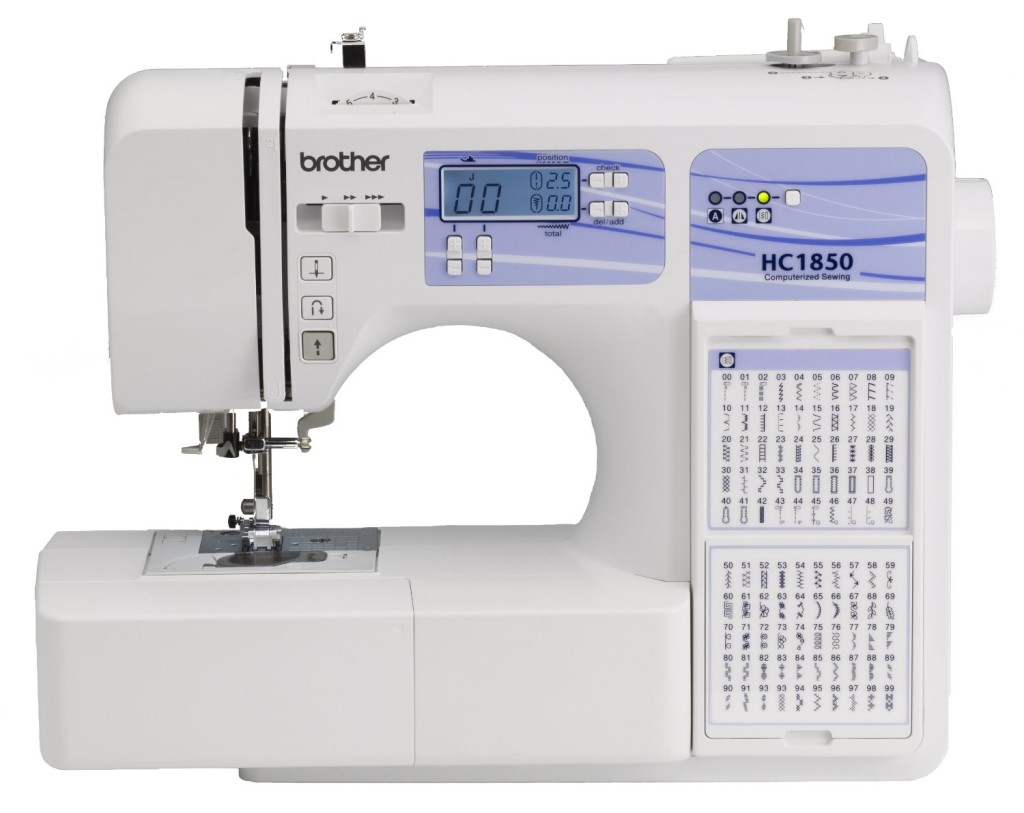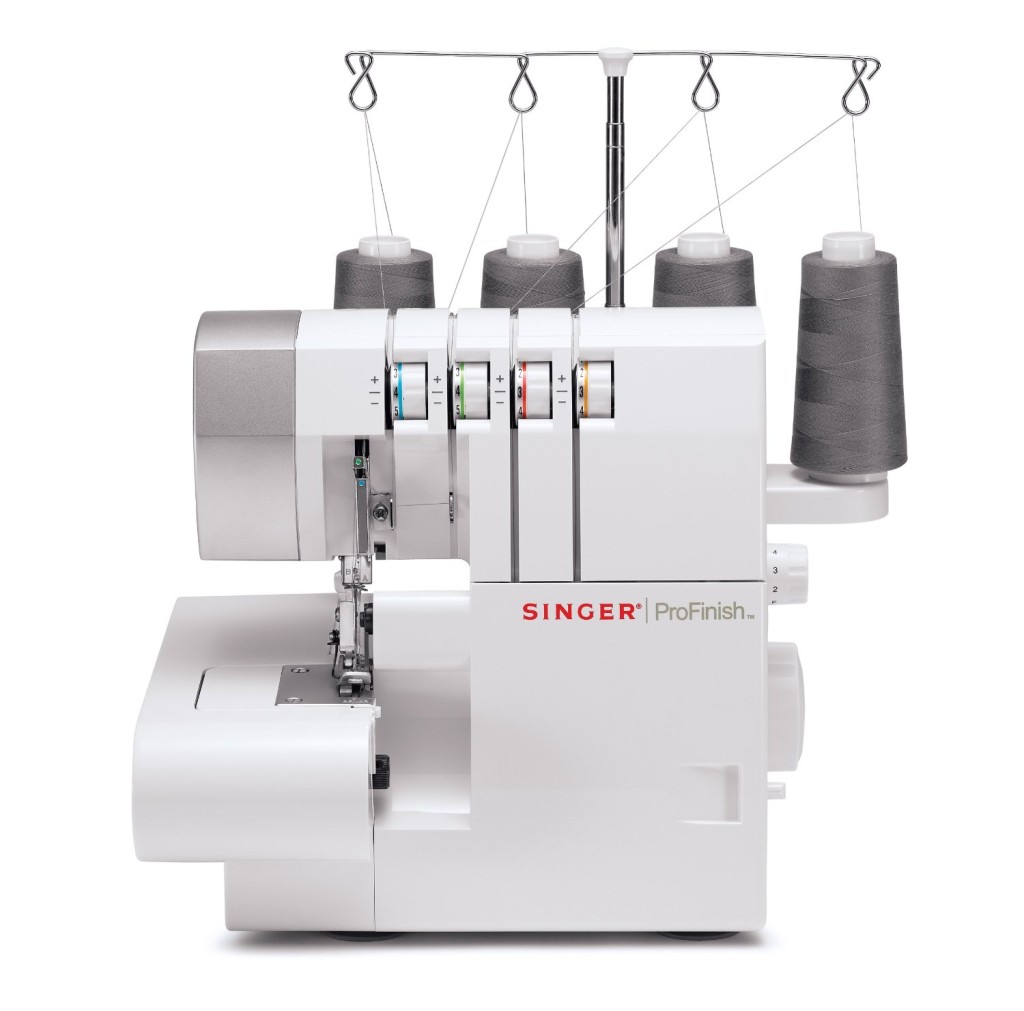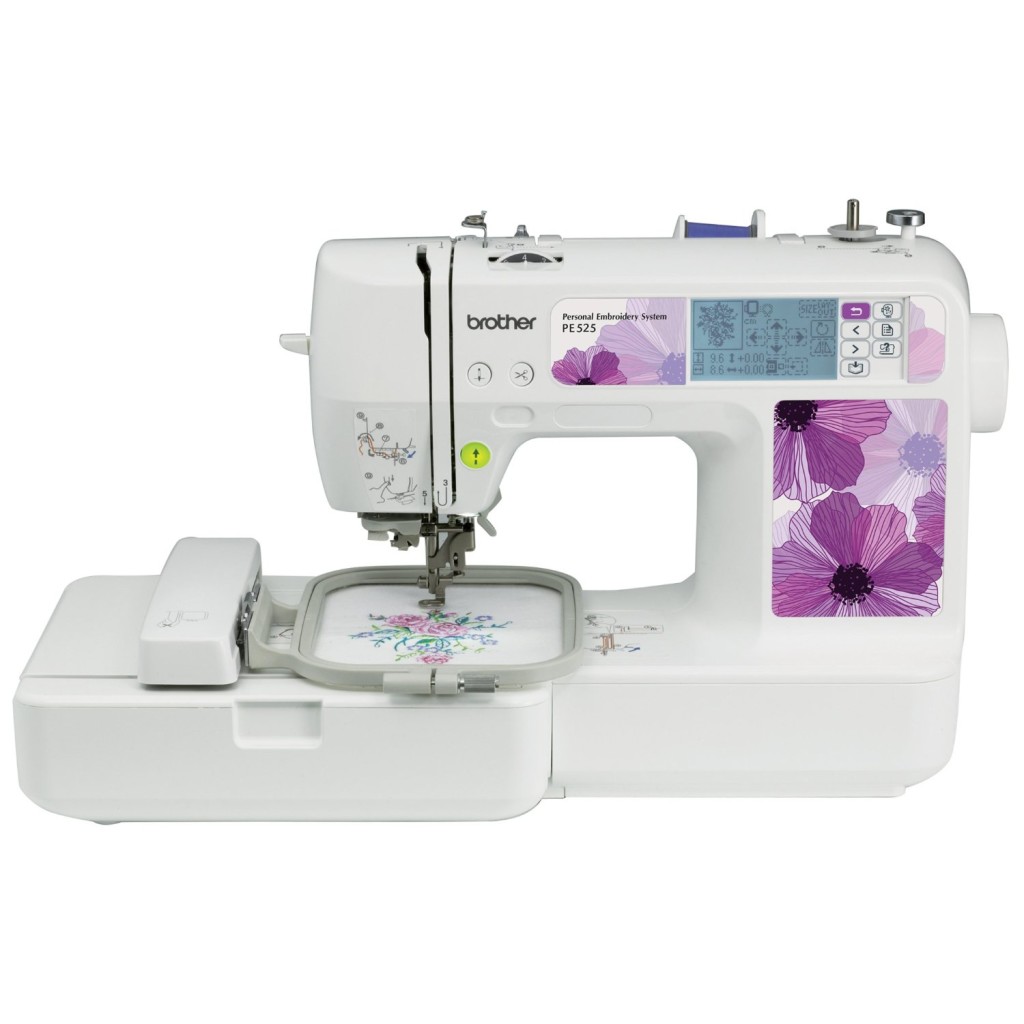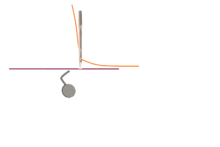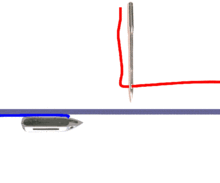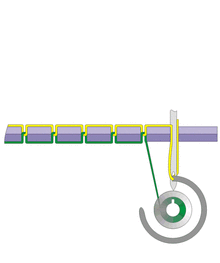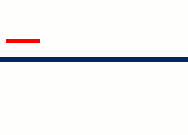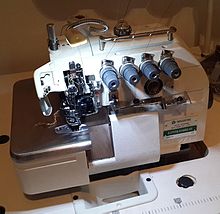Portable Home Sewing Machine : Best Sewing Machine Explained In Detail
Protable home sewing machine: the introduction
I am sure that u are thinking to buy a Portable Home Sewing machine.That’s why you landed here. Everyone get confused when they decide to buy a new product. You are looking for the Best Portable Home Sewing machine to buy in your budget. Which is the best sewing machine in the market. If you are thinking to buy a sewing machine, then you need to know different types of sewing machines and their functions. So that you can choose the right product for you.
Any expert in this field may guide you if you are new to sewing. In this post, I am going to give a detail explanation of different types of sewing machines and their functions. I think this will help you to choose the right sewing machine that suits your need.
Types Of Portable Home Sewing machine According to Place Of Use
Portable Home Sewing machine
Portable Home Sewing machine are built for housewives for household use. These machines can handle a variety of materials. These can perform every task. But these machines can’t do heavy tasks. These might have made up of plastic or nylon gears. These machines work at a slower pace and intended for people who works slowly. These machines can work up to 5 hours. If it will work more than 5 hours then the motor may become hot.
These machines work at a slower pace and intended for people who works slowly. These machines can work up to 5 hours. If it will work more than 5 hours then the motor may become hot.
Apart from uses, the sewing machines also classified according to the functions and facilities available. On this, the sewing machines are of 4 types.
- Manual Portable Home Sewing machine
- Electric Portable Home Sewing machine
- Computerized Portable Home Sewing machine
- Over Locker Portable Home Sewing machine
Manual Portable Home Sewing machine
Manual Portable Home Sewing machine are the most basic type of sewing machine. They don’t require electric power to run them. Although these have lesser features compared to electronic and computerized sewing machines, but they are the most used sewing machines because of their durability.
These are available as vintage models. They require more physical work from the user. These have a wheel in the side and a foot pedal. The user uses the foot pedal to run the machine. These are made up of metals. They can sew all materials, but they are better suited to light and medium weight materials.
Electronic Sewing Machine
An Electronic sewing machine has a single motor. This motor gives power to the needle. They have an electronic foot pedal. The speed of the machine can be controlled by putting pressure on the electronic foot pedal. The user can control the fabrics with both the hands.
There is a dial in the side of the electronic sewing machine which controls the types of stitch and length. Some electronic sewing machine also contains automatic tension setting, automatic thread cutter and automatic button hole stitch. These can perform a variety of stitches. They can sew multiple fabrics and broad volume of stitch patterns.
Computerized Portable Home Sewing machine
These type of machines are for advance needs. They don’t contain dials and buttons. They also LED display or LCD display or large touch screen. These have a vast number of functions. The basic computerized sewing machines can remember few previous sewing projects and can automatically set the tension. The more advanced computerised sewing machines can sew the complex embroidery stitches.
The basic computerized Portable Home Sewing machine can remember few previous sewing projects and can automatically set the tension. The more advanced computerised sewing machines can sew the complex embroidery stitches.
These machines also have USB ports available, so that the user can create their designs on a computer and then link it to the machine. Then they can set their personalized pattern. Some more advanced computerised sewing machines also remember previous projects and also downloads patterns from the internet. These machines are more costly than manual and electronic sewing machines. Still they are being used because they can sew all types of materials and
These machines are more costly than manual and electronic sewing machines. Still they are being used because they can sew all types of materials and in a faster rate.
Overlocker Machines
These type of machines sew over the edge of one two pieces of cloth for edging, hemming or seaming. They automatically cut the edges and sew. The cutters present in overlock machines allows these machines to create thickened seams easily and quickly. These are also called sergers in North America. Some machines are also available without cutters. These machines run at a high speed from 1000-9000 rpm. These are mostly used in industries for edging hemming and seaming.
These are also called sergers in North America. Some machines are also available without cutters. These machines run at a high speed from 1000-9000 rpm. These are mostly used in industries for edging hemming and seaming.
These machines have fewer functions than sewing machines. They use 2-9 threads and multiple needles to create an overcast stitch. They are an addition to regular sewing machines, not a replacement. They are used for decorations, overlocking, and is also called overedging, merrowing.
Sewing machines also being divided into 8 types according to their functions means types of stitches they make. These are-
- Lockstitch Machine
- Overedging machine
- Embroidery Machine
- Button Holler Machine
- Button Attachment Machine
- Double Needle Machine
- Bar tacking sewing machine
Lock Stitch Portable Home Sewing machine
These type of sewing machines generally use two threads one upper and one lower. Both the upper and lower thread lock together in the hole in the fabric. There is a spindle on the top of the machine where the spool is kept. A tension mechanism is produced and the spindle spins and the thread run from the spool through the arm and finally through the needle. The lower thread is present in the bobbin. The bobbin is kept in a case which is present in the lower section of the machine.
A tension mechanism is produced and the spindle spins and the thread run from the spool through the arm and finally through the needle. The lower thread is present in the bobbin. The bobbin is kept in a case which is present in the lower section of the machine.
A tension mechanism is produced and the spindle spins and the thread run from the spool through the arm and finally through the needle. The lower thread is present in the bobbin. The bobbin is kept in a case which is present in the lower section of the machine.
A tension mechanism is produced and the spindle spins and the thread run from the spool through the arm and finally through the needle. The lower thread is present in the bobbin. The bobbin is kept in a case which is present in the lower section of the machine.
Over Edging Machine
These type of machines sew over the edge of one two pieces of cloth for edging, hemming or seaming. They automatically cut the edges and sew. The cutters present in overlock machines allows these machines to create thickened seams easily and quickly. These are also called sergers in North America. Some machines are also available without cutters. These machines run at a high speed from 1000-9000 rpm. These are mostly used in industries for edging hemming and seaming.
These are also called sergers in North America. Some machines are also available without cutters. These machines run at a high speed from 1000-9000 rpm. These are mostly used in industries for edging hemming and seaming.
These are also called sergers in North America. Some machines are also available without cutters. These machines run at a high speed from 1000-9000 rpm. These are mostly used in industries for edging hemming and seaming.
These machines have fewer functions than sewing machines. They use 2-9 threads and multiple needles to create an overcast stitch. They are an addition to regular sewing machines, not a replacement. They are used for decorations, over locking, and is also called overedging, merrowing.
Embroidery Machine
Embroidery machines are meant for Embroidery work. They do embroidery work on fabrics. Embroidery also can be done by a normal zig zag machine. This type of embroidery is called free motion embroidery.
The embroidery machines are computerized machines. They contain a large colour touch-screen, an USB interface, an auto threading, inbuilt design software, embroidery advisor software and design file storage system.
Button Holler Machine
Button Holler machines are meant to make button holes. The buttonholer is an attachment for a sewing machine. Nowadays most modern machines have this button holler function inbuilt, which many older machines do not have. Any sewing machines that are capable of making lockstitch can make button holes with a buttonholer attachment.
Button Attachment Machine
The machines are used for attaching buttons in fabrics. Normal chain stitch and lock stitch can also be used for this. Button attachment machine is a simple automatic machine, in which button is attached automatically.
Bar tacking sewing machine
In sewing bar tach is known as a series of stitches made to hide any wear or tear in garments. The typical areas of bar tack stitches are buttonholes, belt loops, pocket openings, pleats, corners of collars. Bar tacks can also be done by hand using whip stitches or by machines using zig zag stitches. These type of machines mostly used for increasing strength in the corner of pockets, attaching belt loops, at the end of the zipper.
Double needle Sewing Machine
The double needle sewing machine uses two needles and two bobbins. So it forms two parallel rows of lockstitch. The distance between the two parallel stitches depends upon the distance between the two needles in the needle bar. The distance can be adjusted. They are used for making decorative stitches.
Manual or Mechanical Sewing Machine vs Computerised Sewing Machine
At the beginning, many people confused between the mechanical or manual sewing machine and computerized sewing machine. Here we will discuss on the pros and cons of both sewing machine. Nowadays more advanced sewing machines are coming with loads of features and new techniques.
Manual machines are cheap. If you are a beginner and have a tight budget then you can go for manual sewing machines. These can handle all the basic sewing tasks. If you are a beginner it is good to go with it. If you are a learner then it can handle all your abuse during the learning process. It is very strong. You can get a good brand manual sewing machine at a low cost.
You can get a good brand manual sewing machine at a reasonably price because computerized machines are taking the place. In the health point of view if you will use it continuously then you may suffer from leg and back pain. The negative points are that they can not handle heavy tasks. A Vast feature is not available. Embroidery work can not be done with ease.
Computerized sewing machines have a lot of plus points. They are easy to carry because of being light weight. You can carry it to different places. If you have less place then it will be no problem if you will get it. Service cost is very less for computerized machines. These have vast of features.
They have a strong motor and extra power so that they can handle heavyweight fabrics. Constant use also does not affect it. the Quality of stitch in computerized machines also good. Embroidery work can be done very effectively. They can be programmed so they can memorize previous projects. If you choose a simple electronic machine then also you will get so many features. But computerized sewing machines are costly.
Both are good. You should choose according to your budget and need. If your budget is tight then go for a high-end mechanical sewing machine rather than a cheap plastic model. It will be useful.
Types of Stitches of Portable home sewing machine
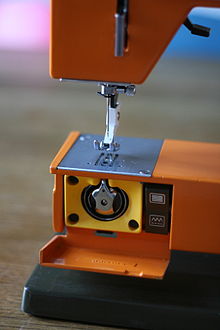
Sewing machines can make a great variety of plain or patterned stitches. Ignoring strictly decorative aspects, over three dozen distinct stitch formations are formally recognized by the ISO 4915:1991 standard, involving one to seven separate threads to form the stitch.[20]
Plain stitches fall into four general categories: chainstitch, lockstitch, overlock, and coverstitch.
Chainstitch
Chainstitch was used by early sewing machines and has two major drawbacks:
- The stitch is not self-locking, and if the thread breaks at any point or is not tied at both ends, the whole length of stitching comes out. It is also easily ripped out.[21]
- The direction of sewing cannot be changed much from one stitch to the next, or the stitching process fails.
A better stitch was found in the lockstitch. The chainstitch is still used today in clothing manufacture, though due to its major drawback it is generally paired with an overlock stitch along the same seam.
Lockstitch
Lockstitch is the familiar stitch performed by most household sewing machines and most industrial “single needle” sewing machines from two threads, one passed through a needle and one coming from a bobbin or shuttle. Each thread stays on the same side of the material being sewn, interlacing with the other thread at each needle hole by means of a bobbin driver. As a result, a lockstitch can be formed anywhere on the material being sewn; it does not need to be near an edge.
Overlock
Overlock, also known as “serging” or “serger stitch”, can be formed with one to four threads, one or two needles, and one or two loopers. Overlock sewing machines are usually equipped with knives that trim or create the edge immediately in front of the stitch formation. Household and industrial overlock machines are commonly used for garment seams in knit or stretchy fabrics, for garment seams where the fabric is light enough that the seam does not need to be pressed open, and for protecting edges against raveling. Machines using two to four threads are most common, and frequently one machine can be configured for several varieties of overlock stitch. Overlock machines with five or more threads usually make both a chainstitch with one needle and one looper, and an overlock stitch with the remaining needles and loopers. This combination is known as a “safety stitch”. A similar machine used for stretch fabrics is called a mock safety.
Coverstitch
Coverstitch is formed by two or more needles and one or two loopers. Like lockstitch and chainstitch, coverstitch can be formed anywhere on the material being sewn. One looper manipulates a thread below the material being sewn, forming a bottom cover stitch against the needle threads. An additional looper above the material can form a top cover stitch simultaneously. The needle threads form parallel rows, while the looper threads cross back and forth all the needle rows. Coverstitch is so-called because the grid of crossing needle and looper threads covers raw seam edges, much as the overlock stitch does. It is widely used in garment construction, particularly for attaching trims and flat seaming where the raw edges can be finished in the same operation as forming the seam.
Zigzag stitch
A zigzag stitch is a variant geometry of the lockstitch. It is a back-and-forth stitch used where a straight stitch will not suffice, such as in preventing raveling of a fabric, in stitching stretchable fabrics, and in temporarily joining two work pieces edge-to-edge.
When creating a zigzag stitch, the back-and-forth motion of the sewing machine’s needle is controlled by a cam. As the cam rotates, a fingerlike follower, connected to the needle bar, rides along the cam and tracks its indentations. As the follower moves in and out, the needle bar is moved from side to side.[22] Very old sewing machines lack this hardware and so cannot natively produce a zigzag stitch, but there are often shank-driven attachments available which enable them to do so.
About Karysma Store Sewing Machine
Karysma Store is A well Known Sewing Machine Shop In Malaysia
Founded in 2001, Karysma Store is the main Supplier For Government and private institutions and local universities
Karysma Shopping Outlet are currently available in 4 location in west Malaysia, And free Courier service available to entire States of Malaysia,
Karysma Store Portable Home Sewing Machine Address
Shah alam HeadQuarters
C-9-G, Jalan Serai Wangi L16/L,
Alam Avenue 2 ,
40200 Shah Alam Selangor.
Landmark puspakom, mee tarik, dominos, ar-rahnu, calacara, Mohd Chan.
Buka setiap hari 9pagi hingga 9malam, tiada cuti dan tiada rehat.
0123416010 (Ahmad)
0172086936 (Yusuf)
Karysma Store Bangi Branch
No.30a Jalan 4/11b Seksyen 4 tambahan,
43650 Bandar Baru Bangi, Selangor.
03-89262568 Hj Zahari
0122383412 Pn Halina
0178800583
Kedai buka setiap hari kecuali Jumaat, Jam 9pagi hingga 7malam
Karysma Bdr Bukit Mahkota Branch
No10, Jalan BM 2/1
Bandar bukit Mahkota
Kajang,
Waze: Karysma Store Bukit Mahkota
0172086936
KARYSMA MeLaka Branch
NO 8, Jalan Seri Paya Rumput 2,
Taman seri Paya Rumput,
Melaka
(Berhampiran TESCO Cheng)
Waze: Karysma Store Melaka
0197374503
More Info About Portable Home Sewing machine:
http://jahit.my/blog/mesin-jahit-portable/
More Info About Industrial sewing Machine
Feel free to follow our Facebook Page to know more about Portable Home Sewing machine

